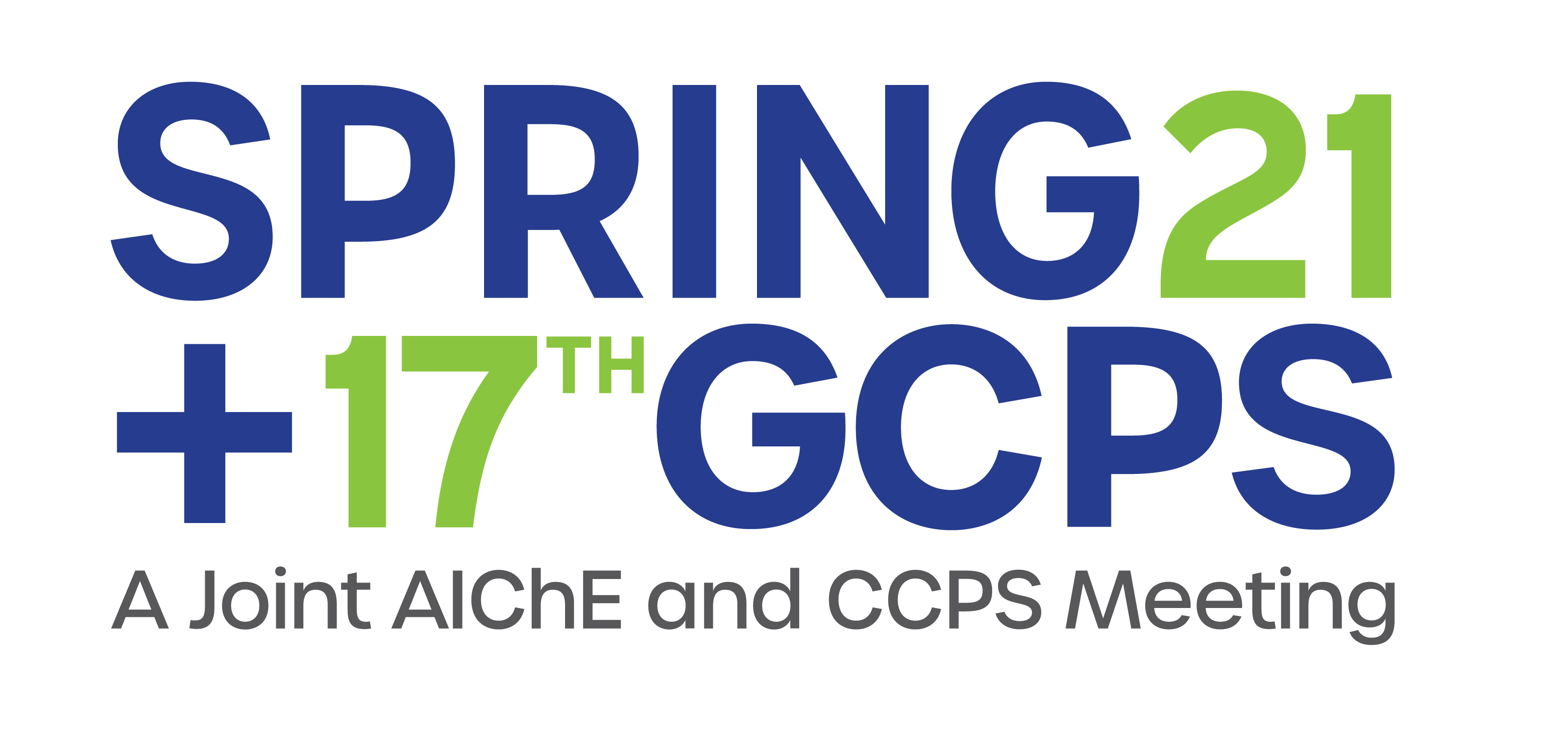

We selected switchgrass ground and sieved through 40 mesh (425 μm) screen as the lignocellulosic biomass sample in this study. We determined the shape parameters and size distributions of the switchgrass sample using a dynamic particle image analysis process. We then qualitatively and quantitively analyzed the switchgrass surface roughness characteristics by digital scanning, scanning electron microscopy (SEM), and atomic force microscopy (AFM) techniques. We generated polydisperse, superquadratic particle assemblies in the open-source DEM package LIGGGHTS using the extracted morphological parameters in the previous step. Furthermore, we implemented the angle of repose study using the hollow cylinder method in the DEM environment and designed validation experiments with a geometrically identical angle of repose test system. We measured the angle of repose and the associated coefficient of friction of the resulting pile for the experiments and simulations and compared our results for validation.
